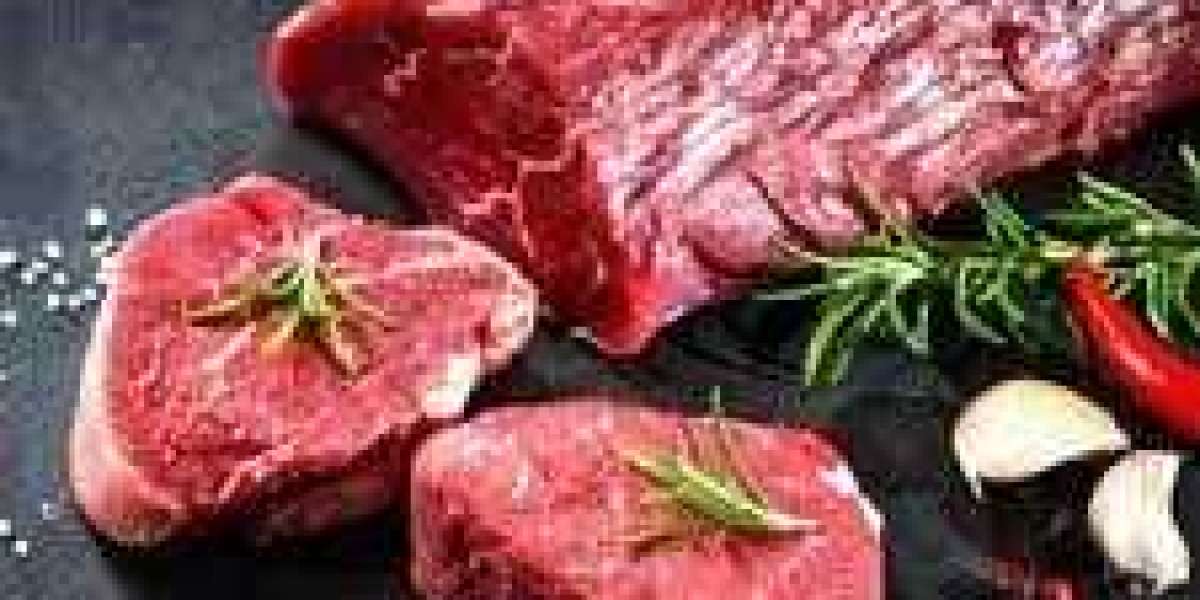Introduction
Hot pot, a communal dining experience originating from East Asia, has captured the hearts and taste buds of people around the world. At the center of this interactive and delectable meal is hot pot beef - thin slices of tender meat that cook quickly in a simmering pot of flavorful broth. In this article, we'll explore the world of hot pot beef, from the different cuts and preparation methods to the rich history and culture that surrounds this beloved dish.
Hot Pot Beef Varieties
The success of hot pot beef relies on the choice of meat. Various cuts and preparations can cater to different preferences:
- Thinly Sliced Beef: The most common choice for hot pot, thin slices of beef are usually cut from lean cuts like sirloin, ribeye, or tenderloin. These slices cook quickly and absorb the flavors of the broth, providing a delightful contrast to the other ingredients.
- Marinated Beef: Some hot pot enthusiasts prefer marinated beef, which is soaked in a flavorful mixture before cooking. Common marinades include soy sauce, garlic, sesame oil, and ginger, enhancing the beef's taste.
- Wagyu Beef: For a premium experience, some opt for high-quality Wagyu beef. Wagyu beef, known for its marbling and rich flavor, elevates the hot pot to a whole new level of indulgence.
- Offal: Hot pot aficionados often include offal such as tripe, tongue, and liver. These cuts offer unique textures and intense flavors, adding depth to the hot pot experience.
Hot Pot Preparation
Preparing hot pot beef is straightforward, but it requires precision:
- Slicing: The key to hot pot beef is the thin slicing of the meat. Slices should be translucent and easy to cook quickly in the hot pot.
- Serving: Beef is typically served on a plate alongside an array of fresh vegetables, noodles, and dipping sauces. Each diner can select their preferred ingredients to cook in the communal pot.
- Cooking: In a typical hot pot setting, the simmering broth is placed at the center of the table. Diners use chopsticks or special hot pot baskets to cook their chosen ingredients, including the beef, in the hot broth. Cooking times vary based on the thickness of the slices and individual preferences.
Rich History and Culture
Hot pot is more than just a meal; it's an integral part of East Asian culinary culture and social bonding. Here's a glimpse into its significance:
- Tradition: Hot pot has a long history in China and other Asian countries, dating back over a thousand years. It has evolved into different regional varieties, each with its unique flavors and cooking styles.
- Social Connection: Hot pot is often enjoyed as a communal experience. It brings people together around the table, fostering social bonds and conversations as ingredients are cooked and shared.
- Celebration: Hot pot is frequently enjoyed during festivals, family gatherings, and special occasions. Its inclusive nature and versatility make it a favorite choice for celebrations.
- Cultural Diversity: The concept of hot pot has transcended borders, and you can now find variations in Japan, Korea, and beyond. Each region adds its own twist to this beloved tradition.
Conclusion
Hot pot beef is not just a meal; it's a cultural and culinary journey that combines tradition, flavor, and togetherness. Whether you're indulging in the rich marbling of Wagyu beef or savoring the flavors of marinated sirloin, hot pot beef offers a unique and customizable dining experience. The next time you gather around a simmering pot with friends and family, you'll not only be enjoying a delicious meal but also participating in a timeless tradition that celebrates food, connection, and shared experiences.








